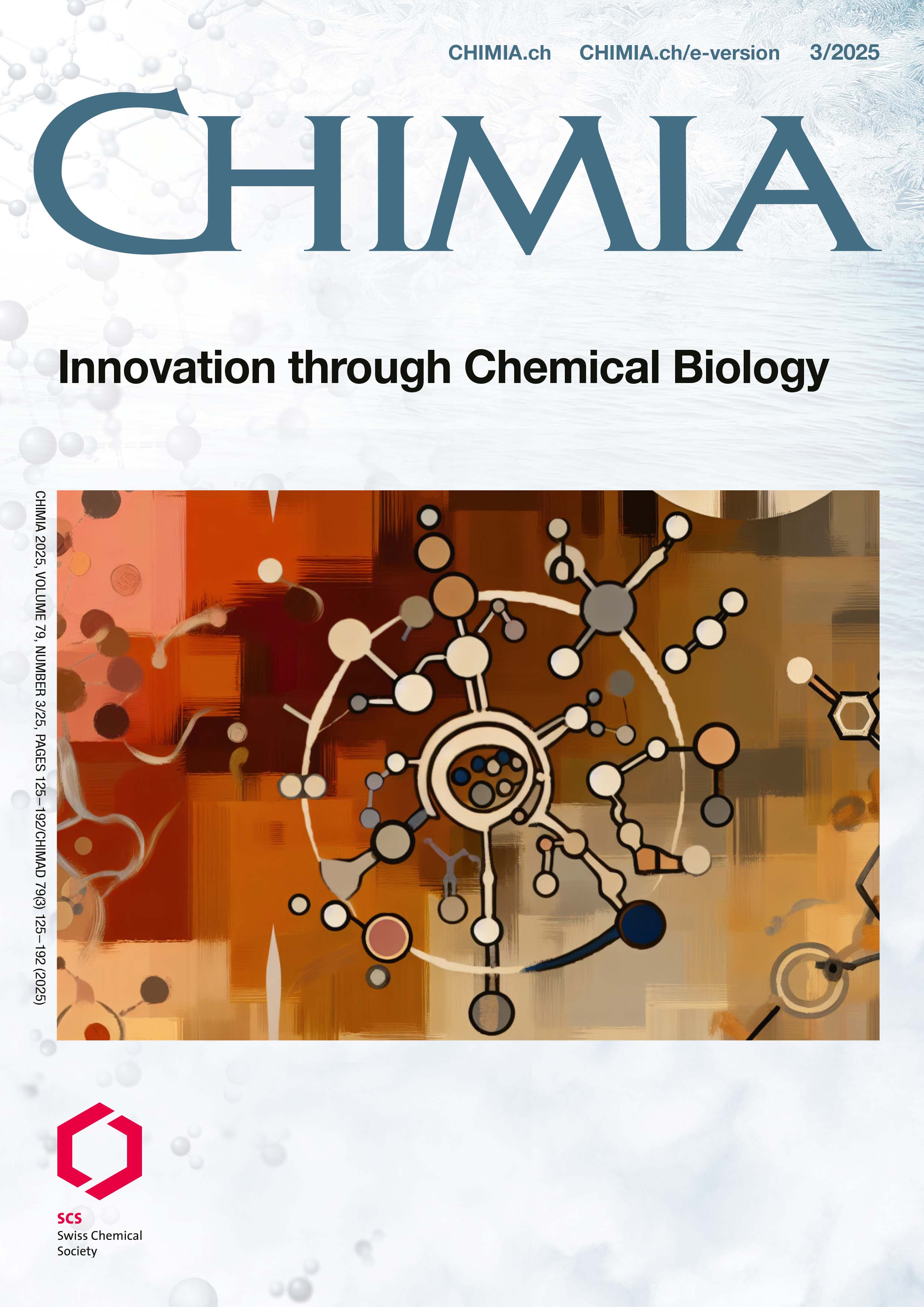Challenges and Opportunities in DNA Encoded Library Screens
DOI:
https://doi.org/10.2533/chimia.2025.158PMID:
40156560Keywords:
Biotechnology, Chemical biology, DNA encoded libraries, Medicinal chemistryAbstract
In our lab we have been developing techniques that attempt to capture or amplify signals in pooled compound mixtures for several years. DNA encoded libraries (DELs) are the most widely used pooled mixtures in early drug discovery. DELs are massive collections of small molecules, where each individual molecule is covalently linked to a unique DNA strand that can serve as an identification tag by sequencing. The industry standard for selecting DELs is affinity enrichment, which inherently can only search for direct binding. We outline here two of the ways that we are attempting to extend the potential of DEL screens into new areas.
Funding data
-
Schweizerischer Nationalfonds zur Förderung der Wissenschaftlichen Forschung
Grant numbers 200020_215758 -
Innosuisse - Schweizerische Agentur für Innovationsförderung
Grant numbers 113.259 IP-LS
Downloads
Published
Issue
Section
License
Copyright (c) 2025 Basilius Sauter, Pinwen Cai, Koder Dagher, Chiara Disraeli, Athira Kakkolliyil Prakash, Lukas Schneider, Angel Cores Esperon, Dennis Gillingham

This work is licensed under a Creative Commons Attribution 4.0 International License.







